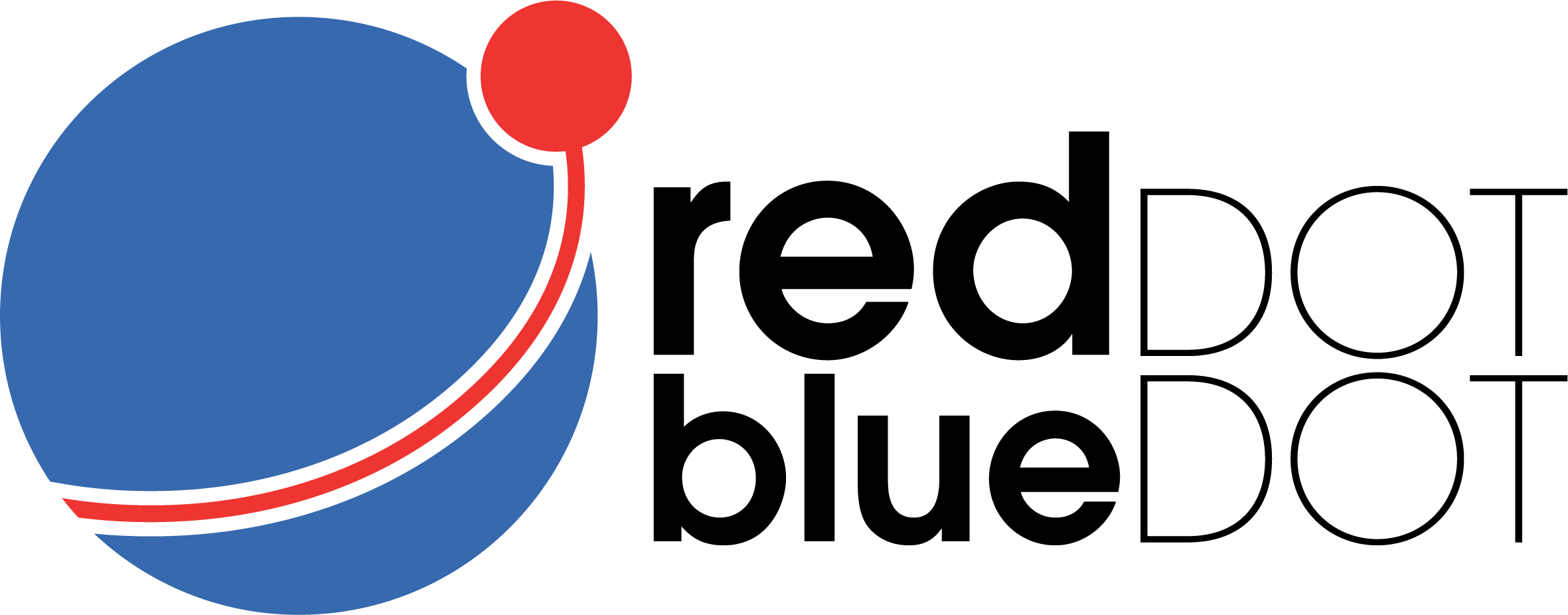Photographer In Focus: Ksenia Kuleshova
Ksenia Kuleshova is a Photographer Based in Germany, Belgium, and Russia
I have known Ksenia Kuleshova since she was awarded the first LHSA International Leica Society grant to continue her work in Abkhazia. I revisited her work after traveling to the Ukraine last year and we talked again in 2018 in Wetzlar.
Ksenia is a successful photographer, she was the winner at TIPC 2017 and PDN Photo Annual 2017, LHSA Grant recipient and VG-Bild Kunst Scholarship recipient. In 2012 she was awarded a scholarship at Friedrich-Ebert-Stiftung, a German political foundation.
Her work has been published in The New York Times, GEO France, DIE ZEIT, ZEIT Wissen, ZEIT online, ZEIT leo, The Wall Street Journal, The New York Times Lens blog, POLKA, 6’MOIS, Viewfinder, Caravan among others.
Thank you Ksenia for taking time to share with RedDotBlueDot readers!
Five Foto Facts
First camera: Canon 40D
Favorite camera: Canon 5D Mark IV
Photographer who has most inspired you: Painting and russian literature always inspired me.
Favorite travel destination: At the moment I would say Hyères (France) and Rome (Italy).
One place left on your travel bucket list: There are still so many, but if I have to write just one it would be South Africa.
Photograph by: Ksenia Kuleshova
The Interview
RDBD: Tell me a little bit about yourself. What do readers need to know about you to get to know you? What is your personal, professional, and photography background?
K.K.: I was born in the old merchant town Kaluga, by the river Oka, 120 miles southwest of Moscow. My hometown is known for its most famous resident, Konstantin Tsiolkovsky. He was a Russian and later a Soviet rocket scientist and a pioneer of the astronautic theory, who worked here as a school teacher. Consequently, another name for Kaluga is "The Cradle of Space Exploration". As a child I attended all possible courses from painting to rhythmic gymnastics.
After high school, I graduated from the Moscow Aviation Institute with a degree in public relations. After winning a Russian PR students competition 2009, I worked on the agency side for several years participating in different PR campaigns in art sphere. There was a lot of lie and misunderstandings, I needed a new start. I wanted to try something completely new, what I’ve never tried before. I always thought that photography can be a hobby, but not more, not a profession or lifework. I was interested in it, but I’ve never taken it seriously. So I was curious to try it out, seriously and devote my time to it. I decided to move to Germany and pursue photojournalism and documentary photography.
That was a new life challenge and I was happy to try it out.
RDBD: What type of photography do you consider your primary genre and why? What does it mean to you? How did you become focused on this area of photography?
K.K.: Generally I try not to put myself in a any box. My primary genre is documentary photography and photojournalism. I like to describe myself as a lyrical documentary photographer. I want my stories to express adventure and discovery. Something that is beyond words, something metaphorical. I learn a lot while working on a story and I want to share this.
RDBD: What motivates you as a photographer? Specifically, why is photography important in your life? When you are tired of shooting, what gets you out the door anyway?
K.K.: My curiosity leads me in my life and my photography. As a photographer I’m allowed to be closer to people. It’s a great honor to tell their stories and I value that so much. It’s always a discovery for me, there is always something that surprises me and that’s so important for me. I want to be constantly “hungry” for a new experience and knowledge.
I want to show things I care about. When I’m tired I try to switch the focus, not to make photographs but to communicate with people. If I have to get out the door I just do it.
RDBD: Please tell me why you chose the image to submit as your one image. What meaning does the image have to you?
K.K.: This image was taken in Abkhazia. I was invited to a family celebration of the “Old New Year” (according to the Julian Calendar, January 13). This holiday is still a relatively popular holiday in the former Soviet Republics. I could participate in all pagan rituals and enjoyed traditional food, mamaliga (maize porridge) and khachapuri (a casserole cheese bread). All preparations and the atmosphere were just magic for me. I was also a bit scared to be in an unknown village and family. In accordance with traditional rituals several roosters (sometimes it’s an ox) were slaughtered. It’s supposed to bring happiness, good weather and heavy crop.
Somehow one chicken leg was missing, it was a sign of bad luck. The whole family was searching for the lost leg, it was like a serious quest.
RDBD: In an era where everyone has a smartphone and selfies and micro-blogging daily activities are quickly becoming the norm, why does traditional photography still matter?
K.K.: The key word in your question is “quickly”. Even I’m open to all new media, I do believe that things in which you invest time, passion and your heart will always matter.
RDBD: What photographer would you like to see answer these questions and recommend RDBD contact to be featured?
Alexey Shlyk. His work celebrates the creative usage of material by people living in conditions of constant shortages and puts attention to repurposing items. I love the sense of humor in his photographs and harmony.
Contact Ksenia Kuleshova:
My solo show “ABKHAZIA” is on view until May 15th in Bonn, Germany.
Opening hours: Mo-Fr 08.00-20.00, free entrance
Galerie der Friedrich-Ebert-Stiftung, Godesberger Allee 149, Bonn 53175.
www.kuleshova.de
Facebook: https://www.facebook.com/ksenia.kuleshova
Instagram: https://www.instagram.com/ksukuleshova/
Twitter: https://twitter.com/KseniaKuleshova
